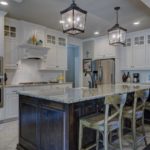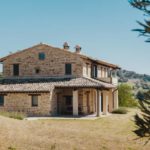Table of Contents
Cob houses, with their enchanting aesthetic and eco-friendly credentials, have captured the imagination of many looking to build sustainable homes.
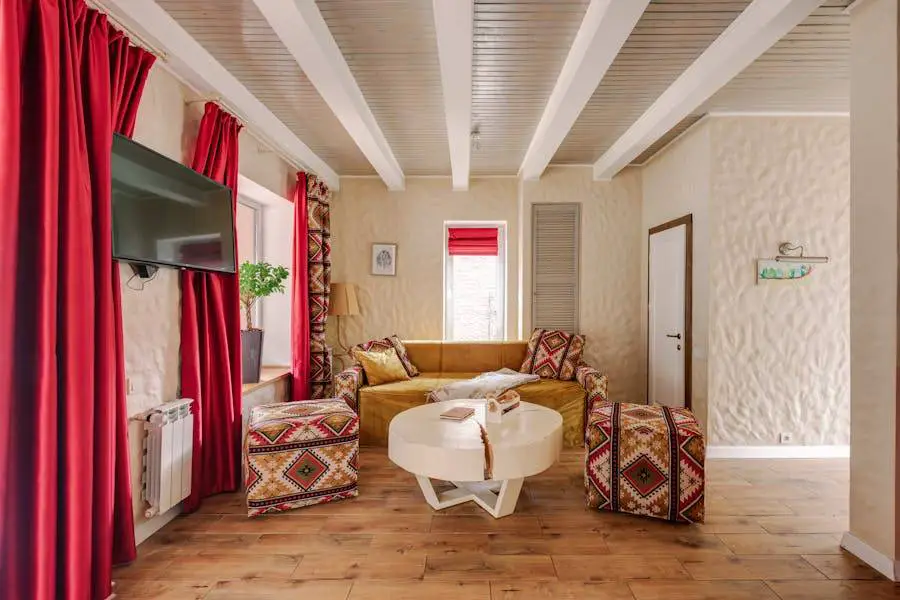
Characterized by their distinct use of natural materials, these structures offer an environmentally conscious alternative to traditional home construction.
However, the feasibility of building a cob house varies significantly across the United States, influenced by factors such as climate, legal frameworks, and the availability of building materials.
This guide dives into the best states for constructing a cob house, providing insights into making an informed decision for your sustainable dwelling.
Understanding Cob Construction
Cob construction is an ancient building technique that uses a mixture of clay, sand, straw, and water. This mixture is then hand-sculpted into walls.
The method is celebrated for its low environmental impact, affordability, and thermal efficiency.
Building with cob comes with several benefits, including the flexibility of design, cost-effectiveness, and energy efficiency.
However, challenges like susceptibility to moisture damage, navigating building codes, and the intensive labor required pose considerations for potential builders.
Climate Considerations for Cob Houses
Cob houses thrive in climates that are not excessively wet or prone to extreme temperature fluctuations.
Areas with moderate rainfall and temperatures favor the longevity and durability of cob structures.
States like California, New Mexico, Oregon, and Georgia offer climatic conditions conducive to cob construction.
These states present a balance of conditions that support the natural integrity and performance of cob houses.
Legal and Zoning Requirements
Navigating Building Codes
The legal landscape for cob construction varies widely across the United States.
Some states have adopted more progressive building codes that recognize and accommodate alternative building methods, including cob construction.
Zoning Laws Across States
Understanding local zoning laws is critical, as they can significantly impact the feasibility of building a cob house.
Research and engagement with local building departments early in the planning process are essential steps.
Material Availability and Sustainability
The beauty of cob construction lies in its use of locally sourced materials. States with abundant natural resources suitable for cob (clay, sand, straw) are more advantageous for builders.
Choosing a state that aligns with the principles of sustainability extends beyond just the building materials.
It includes considering the ecological footprint of transporting materials and integrating the home into the local ecosystem.
1. Georgia: A Southern Gem for Cob Builders
Climate and Weather Patterns
Georgia’s climate, characterized by mild winters and warm summers, offers a conducive environment for cob houses, mitigating concerns about excessive moisture and freezing temperatures that can affect cob’s integrity.
Legal Framework and Community Support
Georgia’s building codes and zoning laws in certain areas are becoming more accommodating to alternative constructions.
The state’s growing eco-conscious community also provides a supportive network for cob house builders.
2. Oregon and Washington: Pioneers of the Pacific Northwest
Cob Building History and Culture
The Pacific Northwest has a rich history of cob construction, with a vibrant community of builders and artisans who have been at the forefront of the modern cob movement.
Climate Compatibility and Legal Environment
Oregon and Washington’s progressive building codes, combined with their temperate climates, make them ideal states for cob construction.
The regions’ emphasis on sustainability aligns with the ethos of cob building.
3. New Mexico: Thriving in Dryness
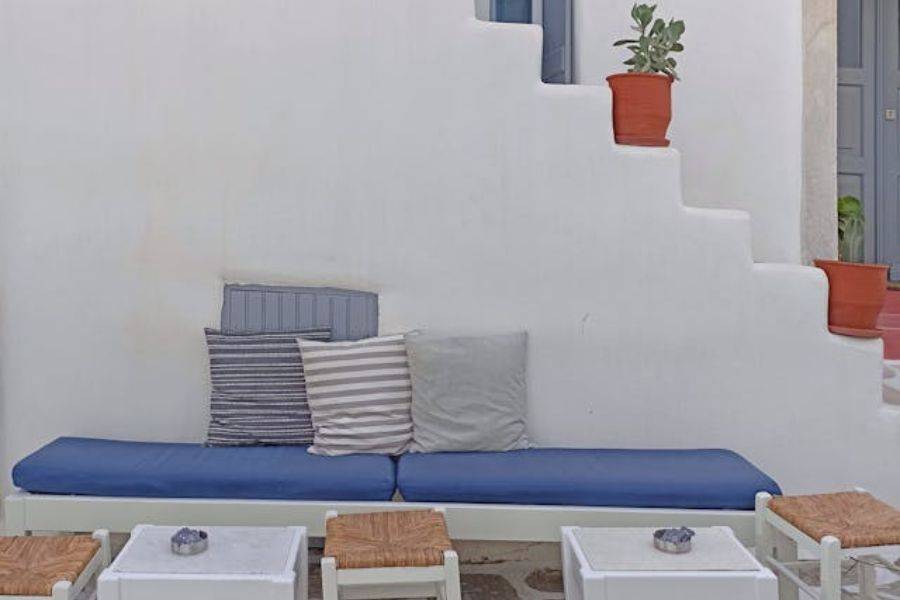
Desert Climate and Cob Houses
New Mexico’s arid climate offers a unique advantage for cob houses by minimizing moisture-related issues, making it a prime location for durable and sustainable cob constructions.
Building Code Acceptance and Material Accessibility
With a history of adobe construction, New Mexico’s building codes are more receptive to earthen buildings, including cob. The availability of local materials further enhances its suitability.
4. California: A Diverse State with Cob Potential
Regional Climates and Their Impact on Cob
California’s diverse climates, from the dry deserts to the temperate coastal regions, provide versatile environments for cob houses.
The state’s focus on green building initiatives supports the construction of sustainable homes.
Innovative Building Codes and Eco-Friendly Initiatives
California is known for its innovative building codes that accommodate alternative housing solutions, including cob constructions.
This, coupled with the state’s strong environmental advocacy, makes it a great place for cob building projects.
5. Colorado: High Altitude Haven for Cob Houses
Climate and Weather Patterns
Colorado offers a unique climate that varies greatly by elevation. The state sees over 300 days of sunshine per year, providing ample solar heating potential for cob houses.
Dry conditions in many areas reduce the risk of moisture damage to cob structures, making it an appealing option for builders.
Legal Framework and Community Support
Colorado’s growing interest in sustainable living and green building practices is reflected in its evolving legal frameworks, which are becoming increasingly supportive of alternative construction methods like cob building.
The state’s robust community of eco-conscious builders and residents fosters a supportive environment for those looking to venture into cob house construction.
6. Vermont: A Northeastern Gem With Four-Season Appeal
Climate Compatibility and Legal Environment
Vermont’s distinct four-season climate presents a unique challenge and opportunity for cob house construction.
The state’s cold winters test the thermal mass benefits of cob, promoting innovative design solutions for insulation and heating, such as passive solar design and rocket mass heaters.
Meanwhile, summers are mild and conducive to outdoor cob building activities.
Building Code Acceptance and Material Accessibility
Despite its stringent building codes, Vermont’s progressive stance on environmental issues and sustainability opens doors for alternative housing projects, including cob construction.
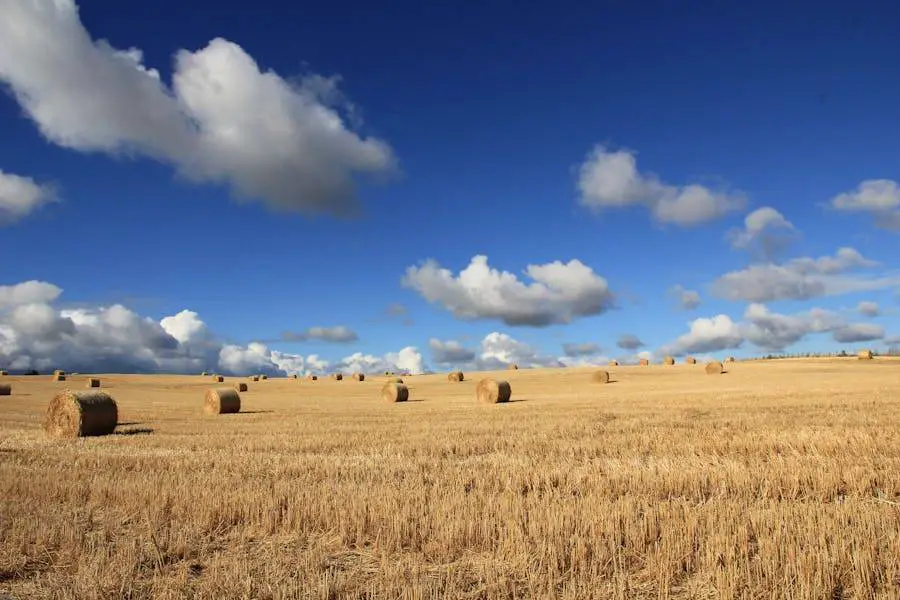
The state’s abundant natural resources, such as clay and straw, are readily available materials for building cob houses, aligning with the ethos of using local and sustainable materials.
The Role of Permaculture in Cob House Living
Integrating Cob Houses into Permaculture Designs
Permaculture principles, which emphasize sustainable and self-sufficient living, complement cob house construction. States that support permaculture practices offer synergistic opportunities for cob builders.
Permaculture Practices in Various States
States like Oregon, California, and New Mexico, with established permaculture communities, provide fertile ground for integrating cob houses into holistic and sustainable living landscapes.
Financial Considerations and Cost-Effectiveness
Estimating Construction Costs
While cob houses are generally cost-effective to build, variations in material costs and labor across different states can affect the overall budget. Planning and budgeting with these factors in mind is crucial.
Long-Term Financial Benefits
The energy efficiency and low maintenance requirements of cob houses can result in significant long-term savings.
Selecting a state that complements these benefits can enhance the financial viability of a cob house.
Conclusion
Building a cob house is an undertaking that marries creativity, sustainability, and a commitment to an eco-friendly lifestyle.
The choice of state is pivotal in realizing the dream of owning a cob house, with climate, legal frameworks, community support, and material availability playing significant roles.
Whether in the sun-soaked landscapes of New Mexico, the lush greenery of the Pacific Northwest, the diverse climates of California, or the welcoming warmth of Georgia, there exists a perfect spot for every aspiring cob house builder.
By carefully weighing these factors, one can select the best location to plant the roots of their sustainable home.

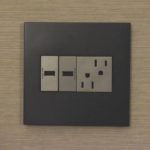
![It Sounds Like Water Constantly Running In House [Causes] It Sounds Like Water Constantly Running In House [Causes]](https://homesteadandprepper.com/wp-content/uploads/2021/04/why-does-it-sound-like-water-is-constantly-running-in-my-house-150x150.jpg)
